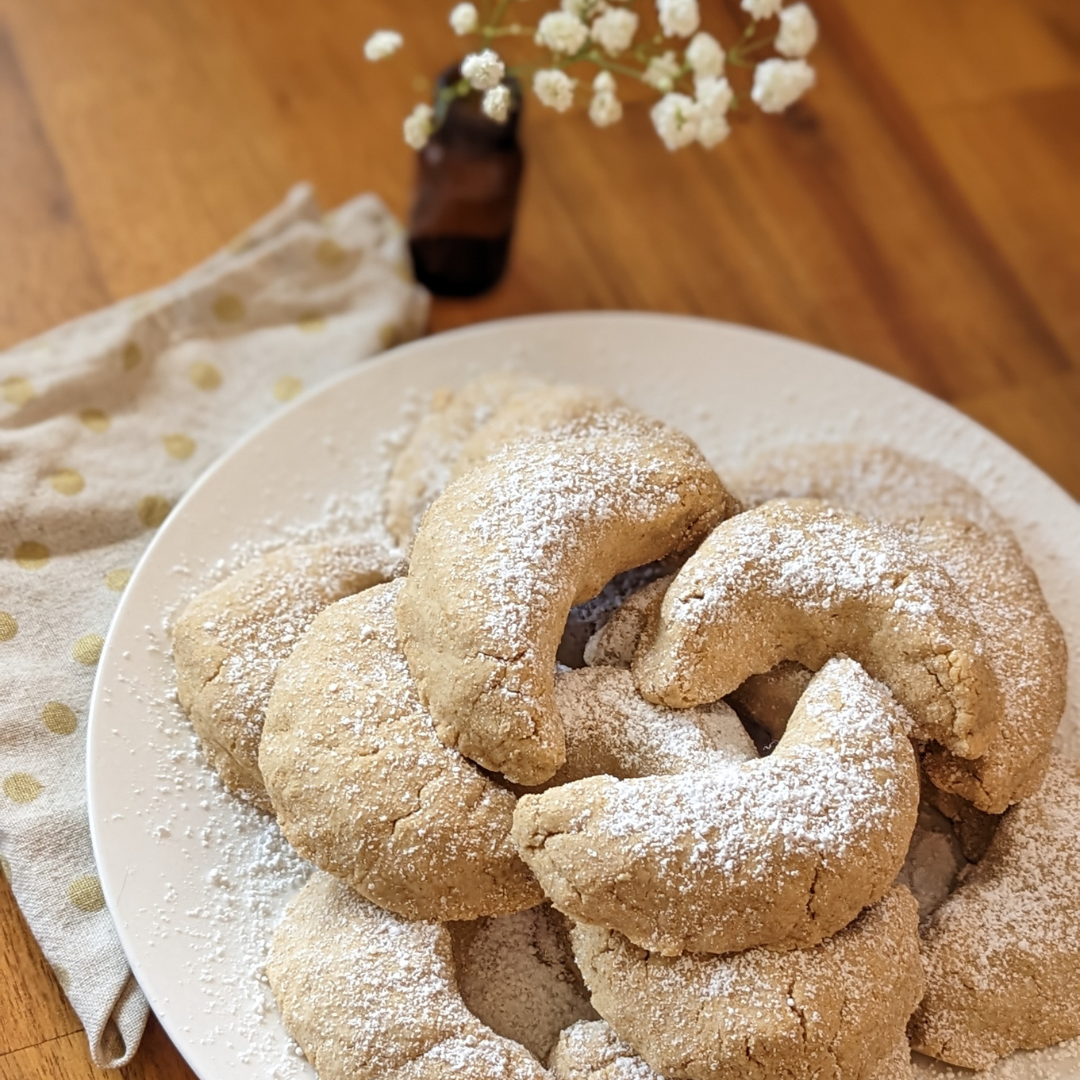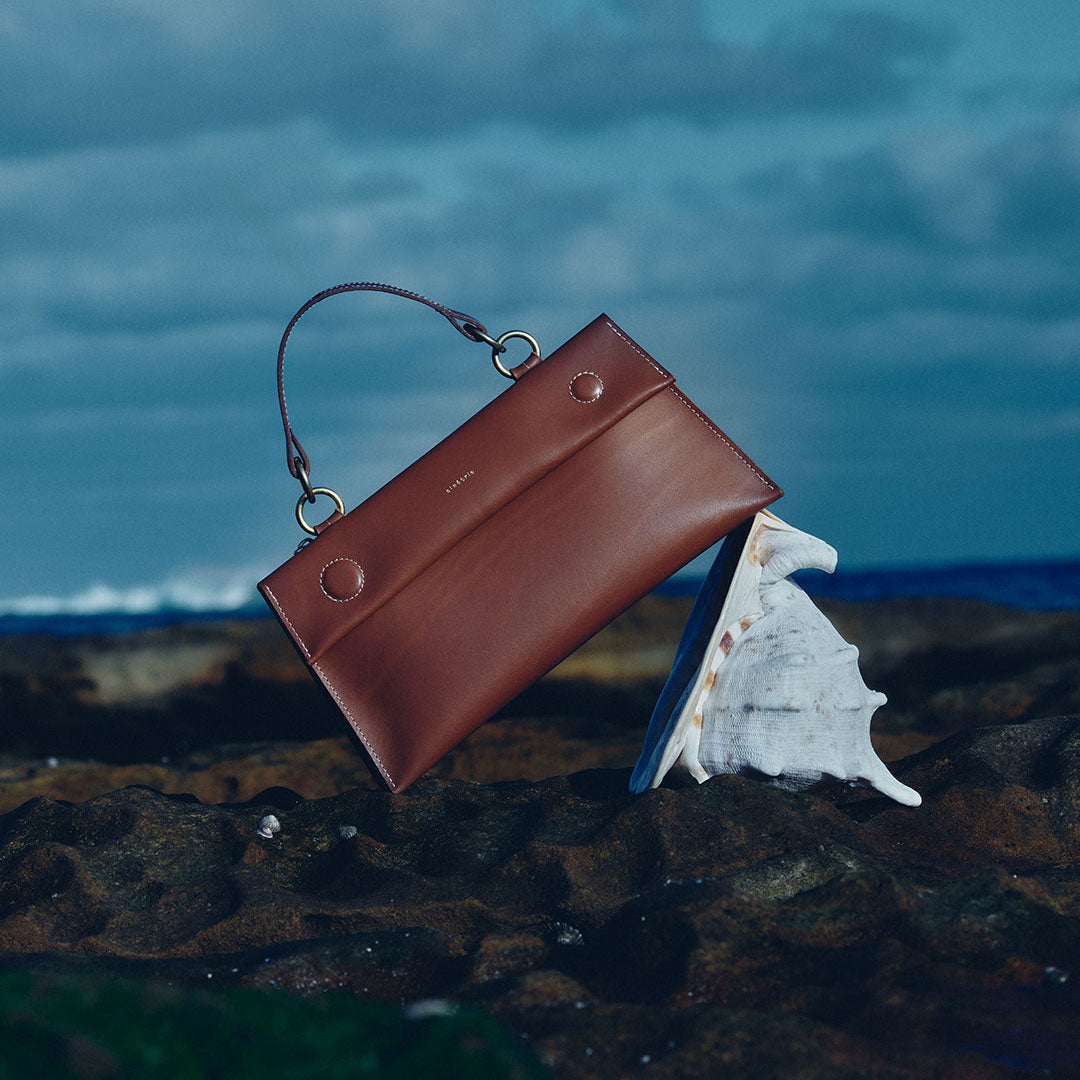how can fashion brands be meaningful allies to indigenous people?
Reconciliation Week 2023 asks us to “Be a Voice for a Generation”
“We’re creating heirlooms. Not only are our bags an heirloom for our consumers, but our brand’s story is connected to it, and the story of the animal is connected to it. They’re an heirloom for everyone.”
Within our ultra-fast-fashion economy, so much happens within the span of one day that the concept of a generation feels almost inconceivable. Products go from the idea phase to being bought and sold in a number of hours. Packages are signed for the next day, and trends are dubbed “last season” before they’ve even hit the mainstream. But the ethos behind Melbourne-based label simétrie has always been “slow.”
Indigenous peoples have been doing things slowly, carefully and considerately for over 100,000 years—expertly maintaining delicate ecosystems teeming with life. As part of Reconciliation Week 2023, I sat down with simétrie founder Simone Agius, whose consciously made bags consider Country at every stage of their lifecycle.

Gabby wears the m crescent moon bag / night
Inside their cozy Brunswick atelier on Wurundjeri Woi wurrung Country, simétrie’s kangaroo leather bags balance ethics with aesthetics.
“I fell in love with kangaroo as a material and as a story. It’s an animal deeply connected to this country and it’s a wild animal that isn’t farmed” says founder Simone Agius.
Factory farming practices attached to cow and sheep leather are widely considered to be inhumane and environmentally harmful. But simétrie’s Australian vegetable-tanned kangaroo leather is harvested from routine culling— a response to the pressure that overpopulation of the species places on endangered wildlife and plants.
“These kangaroos are out in the wild—they’re fighting, they’re getting caught in fences, they’re being subject to drought and floods—going through the ebbs and flows of fending for their survival. And their hides really tell that story.”
There are scars and blemishes scattered across the kangaroo skin and these ‘imperfections’ can lead to a lot of wastage. Simone estimates 30-40% of the hides are unusable, but what can be salvaged forms the inner lining of her bags.
At least, this was the case until December 2022 when she began working on a new tie-dye collection in collaboration with Gliese 504 revitalising the hides she initially considered ‘too scarred’. These new leather bags have texture— with visible grooves and ridges criss-crossing over the surface and dyed deliciously fresh shades of green.
“We were able to turn something undesirable into something quite beautiful.”

gliese 504 x simétrie tie dye collaboration
In an effort to make each bag last a lifetime, Simone leans into organic shapes and earthy colours that outlast trends.
“I’ve always loved the half-moon shape and I look to celestial elements and the sky for inspiration.”
She also looks to the earth, like the pastel-coloured flowers bursting from the landscape that inspired her lavender shade. Then there are the other hues: bark, night, natural, olive and red earth—the first custom colour she ever developed in homage to the iconic red soil of the Australian desert. The dyes are not harmful to produce or use, so they pose no risk to the soil or waterways.
“I want the materials I use to have the least environmental impact possible.”
For Simone, a large part of caring for Country is limiting her use of plastics at all costs. It’s common for bags to be reinforced with PVC and polyurethane (both riddled with petrochemicals) because they’re cheap and hold their shape. But simétrie opts for reconstituted leather made from leather scraps, natural latex and animal fats.
The company also offers a lifetime repair guarantee. “That’s one of the beautiful things about leather as opposed to vegan leathers which don’t repair well, if at all”.
Vegan leathers are essentially just plastic rebranded. A great marketing team attached veganism (which has great environmental benefits) with polyurethane, which eventually flakes off the exterior of bags leading them to be tossed to the back of your closet.
“I have a mostly vegan diet myself. I’m probably never going to eat red-meat again, but I work with kangaroo leather.”
In a landscape where overconsumption is encouraged, exploitation is normalised and poor-quality materials are abundant, simétrie is working to make an impact on the fashion industry by making as little impact on Country as possible. The name itself is a portmanteau of Simone and symmetry. Symmetry is about balance and harmony, and if we know anything about Country right now, it’s off balance. Every part of the bag—from the stitching, the leather and the dyes to the lining and the strap are considered out of respect for the animal, their habitat, the workers and the consumers. And through this love and attention, we get a glimpse into one way that meaningful Indigenous allyship can play out within the fashion industry.



Comments